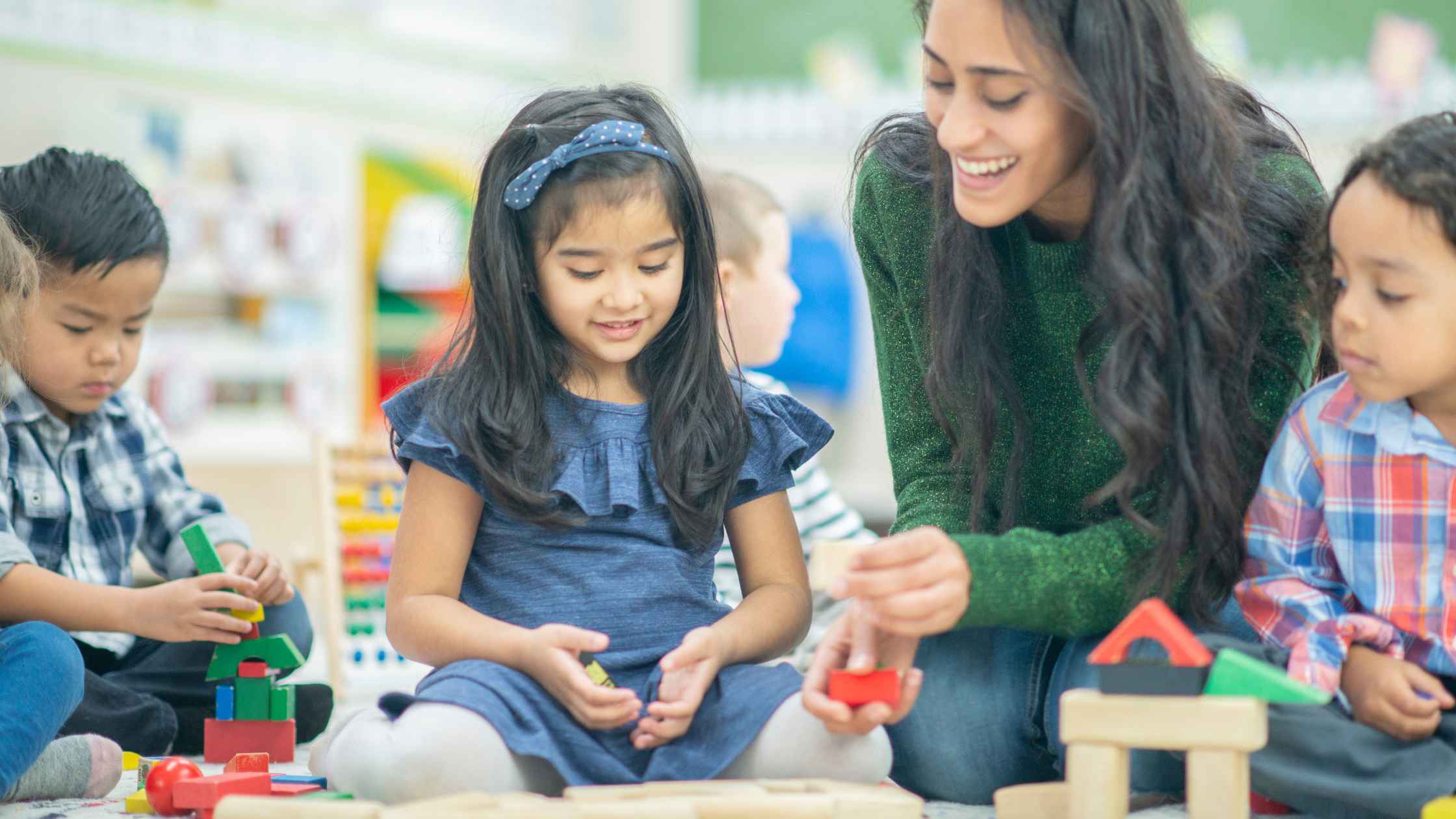

The famous author, and motivational speaker, Shiv Khera has rightly said, “Winners don’t do different things, they do things differently.”
The teachers at The Aditya Birla Integrated School are definitely doing things differently to rank our school first in Maharashtra and second in India, in the special schools category. Let us look at some of these aspects.
Most students with learning disabilities have lags in reading, writing, spelling, reasoning, sequencing, etc. The areas of improvement are identified for each child and are strengthened during remedial classes. This is not only done through the worksheet method, but through various activities, puzzles, games, and simulations to make this exercise interesting and fun.
“If a child can’t learn the way we teach, maybe we should teach the way they learn” - Every child learns differently. Our teachers ensure that all aspects of learning - visual, auditory, kinaesthetic, and reading/writing, are incorporated into the lesson plan. Projects, simulations, audio-visuals, presentations, field trips, guest lectures, and diagrammatic representations are a few examples. This variety in teaching paves way for better student engagement and understanding.
Tips and strategies to study smartly are also provided by our teachers on a continuous basis. Students are coached to take notes, prepare mind maps, and make mnemonics and diagrams for better comprehension, retention, and recall. These tips help students to study independently and build their confidence. These strategies also prove very handy for exam preparation and to achieve good results.
Our school is an integration of students with various learning needs. The lags are reduced through occupational therapy, speech therapy, remediation, and counselling on a need-based program. The multidisciplinary approach caters to each child on an individual basis while learning together in the classroom. The teacher discusses the child’s needs with the concerned therapist to formulate a holistic teaching approach.
The teachers prepare students for their future careers and life ahead. Developing a better attitude, responsibility, communication, organisation, prioritizing, problem-solving, etc. are soft skills that go a long way to build personalities and discipline. Through these, students can take on leadership roles easily in the future.
Together with academic excellence, the focus of the school and its teachers is also to enhance the child’s personality and make her/him ready for the world. This is achieved by teaching life skills along with the curriculum . Our teachers achieve this through all the subjects that they teach – languages, Science, Geography, Math, Business, Home science, and many more. Thus, children are exposed to first aid, nutrition, sustainable development, effective communication, money, savings, and investment, to name a few.
True education is not only learning theoretical knowledge from books but its application to real life. This is the key focus of all classroom discussions. General knowledge is also upgraded by choosing relevant themes and topics for projects and events.
We have students with various learning difficulties. Students with specific learning difficulties like Dyslexia, Dysgraphia, Dyscalculia, etc., autism, ADHD , and other emotional needs. Most teachers being special educators are better equipped to take care of all their specific needs, sharpen their strengths and work on their weaknesses.
Teachers constantly educate themselves and research new strategies and teaching methods. This was one of the main reasons that they could quickly switch to an online mode of teaching during the pandemic and revise the teaching methodology to suit it. And when we were back to physical school, they retained most of the newly gained techniques and tweaked them to apply to in-person classes.
All the teachers go into the classroom with a sense of purpose, confidence, and positivity. They inspire students to do their best, have confidence in their potential, and encourage them to work on their strengths, and overcome difficulties. They are mentors and role models for the students. The children in their care feel loved and appreciated. They help the students to form strong, healthy bonds with peers, be empathetic and accept their differences.
This holistic teaching approach guides our teachers to meet the mission of the school- “Inspiring potential to create happy, confident, balanced, and independent learners whilst nurturing the qualities of Amity, Bravery, Integrity, and Sincerity.”
Also Read,
Co-Curricular Activities For Special Needs Students
Routines & Schedules For Children With Special Needs - TABIS